In recent decades, road networks connecting to bridges have provoked public protests on several occasions. While the 19th and 20th century, buildings in the city centre were demolished without a trace, due to new bridges being built, as was the centre of Óbuda in the 20th century, today people pay much more attention to their environment.
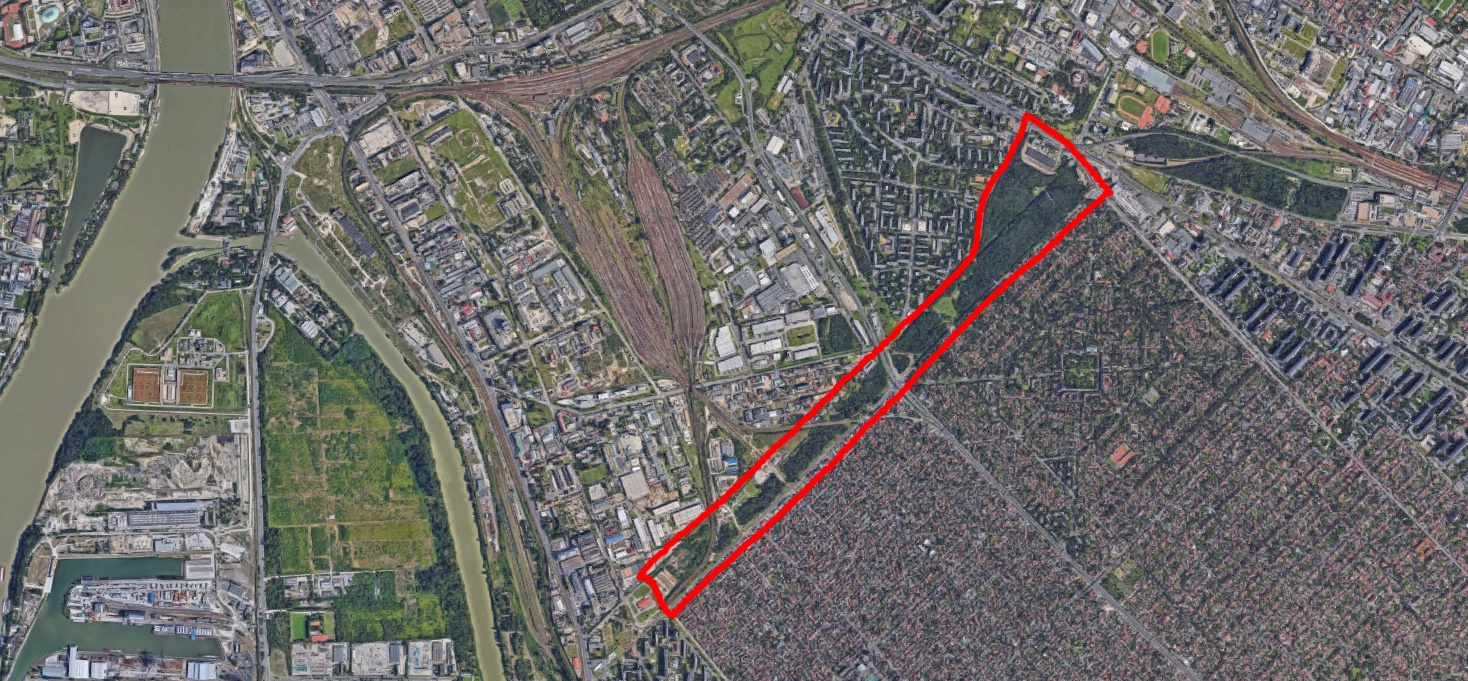
Kiserdő marked in red on an aerial photo from Google Maps
Especially in areas where green spaces are few and far between and considered especially valuable. The same consideration has fuelled debates about the access roads leading to the planned Galvani Bridge for years. However, it is not the banks of the Danube being debated, but a road planned parallel to Határ Road, between Gyáli and Üllői Roads, which would become an element of Budapest's newest ring road. Creation of the road may negatively impact the size of the green area of Kiserdő, which separates the József Attila and Wekerle housing estates.
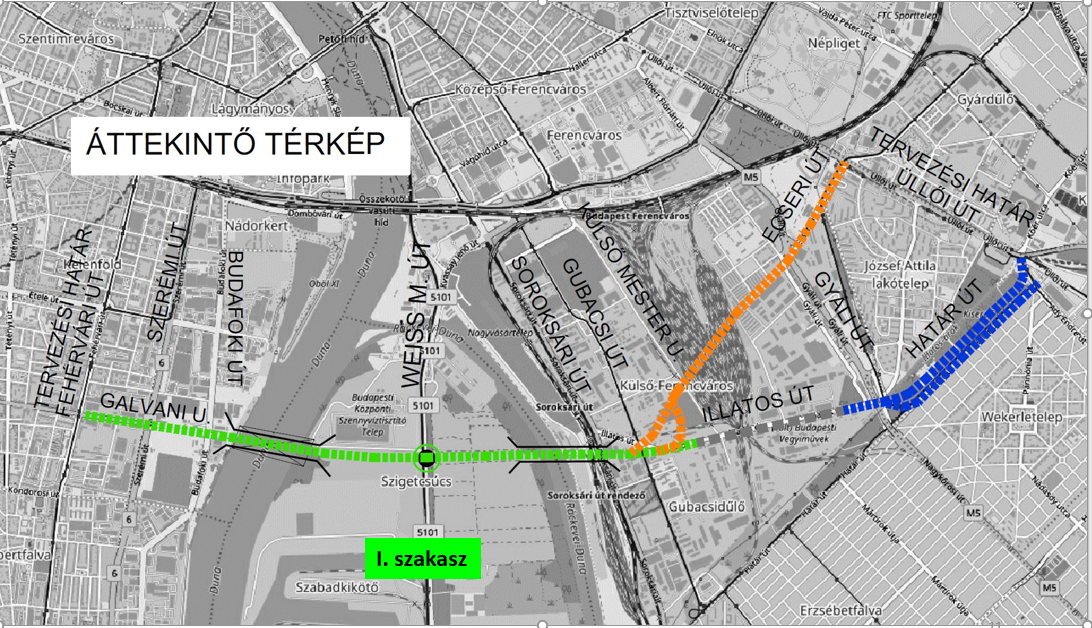 The planned new section of the ring road. The first section with the bridge of the Main and Soroksár Danube branches in green. An optional route to Ferencváros Railway Station seen in orange, while blue outlines an alternative to Kiserdő (Source: budapestujkorutja.hu)
The planned new section of the ring road. The first section with the bridge of the Main and Soroksár Danube branches in green. An optional route to Ferencváros Railway Station seen in orange, while blue outlines an alternative to Kiserdő (Source: budapestujkorutja.hu)
What is the historical background of the roads leading to the new bridge? The construction of a bridge to continue Galvani Road was first raised 30 years ago because while protesting against Hamzsabégi Road being widened due to the construction of Rákóczi Bridge, residents raised the option of building a bridge at Galvani Road. Supporters of Galvani Bridge even wanted Hungária Boulevard to run into the new bridge. After lengthy discussions, the questions of the Buda side were settled. Traffic from Rákóczi Bridge was diverted further south on Szerémi út. This means that the road connection to Galvani Bridge in Buda has been completed. (More simply, the road network needed for Galvani Bridge was built for Rákóczi Bridge.)
In Pest, Rákóczi Bridge feeds into Hungária Boulevard and did not cause any protests. But the situation in Pest is different when it comes to the construction of Galvani Bridge. A road has to be run through a relatively densely built-up area, and this – naturally – leads to conflict. The goal is to come up with a solution that is acceptable for everyone.
Planning of the road running through Kiserdő, which originally ran between the József Attila and Wekerle housing estates, was stopped years ago. This year, the Budapest Development Centre completed a survey on support for six alternative routes. One of these was the road through Kiserdő. The signatories of the petition write:
“The routes in the six studies only offer even more capacity for the current, unbearable level of motor vehicle traffic, which has been flagged repeatedly by experts and the public.
The signatories of the petition state that the construction of the new road connected to Galvani Bridge is unacceptable in any form (on the surface, in a ditch, or in a tunnel) if the development adversely affects the communities, in the Aszódi Road housing estate, the József Attila housing estate, the Kékvirág estate or Wekerle Estate, or changing Kiserdő. ”
Residents of the 11th District have also joined the petition, fearing the new bridge will increase car traffic through the district and lead to even more congestion on Andor and Szerémi Roads. The debate is in fact connected to the question of why Galvani Bridge is being built before a bridge in Albertfalva.
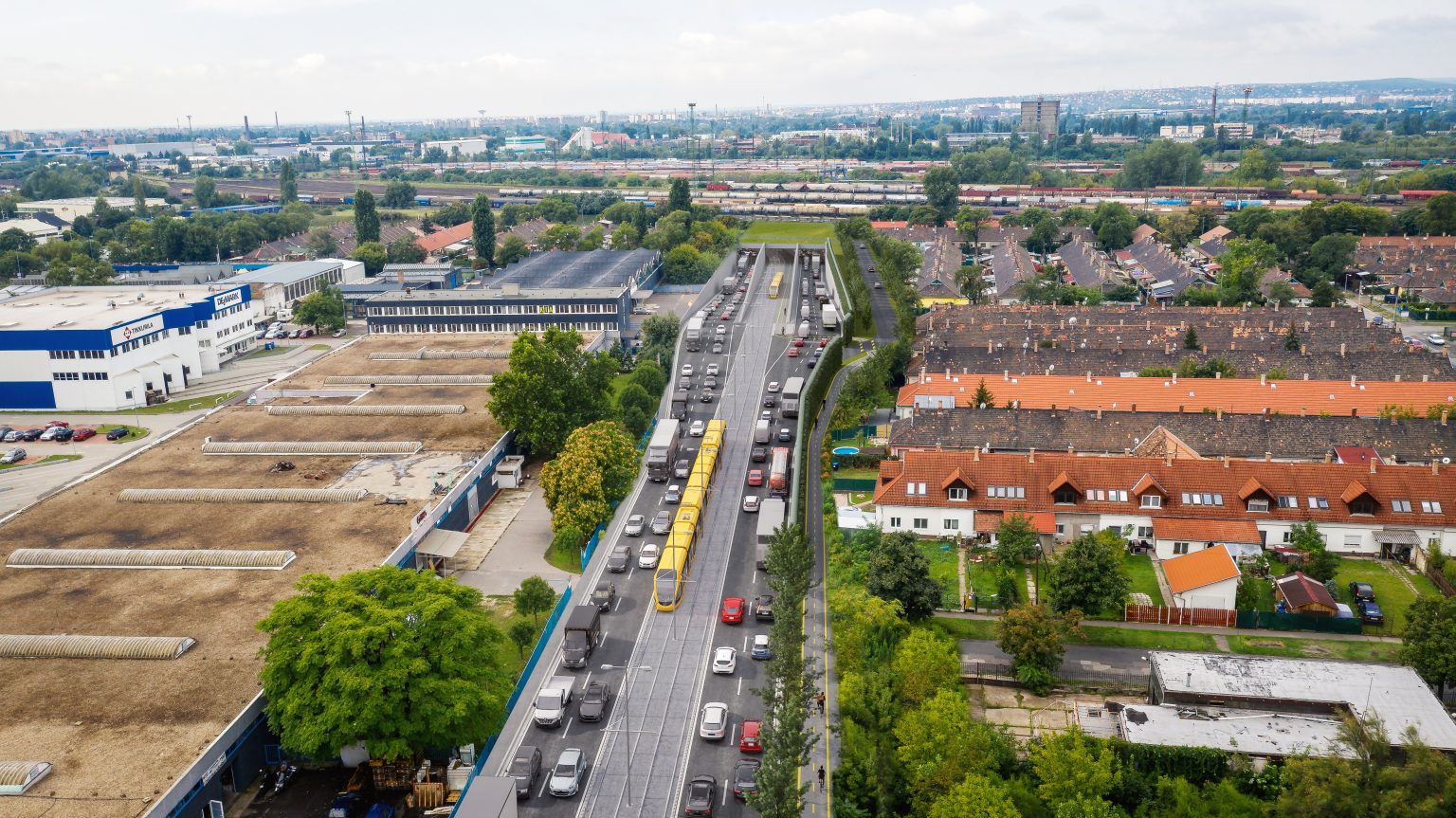
Another alternative, marked in orange on the map, the route passed under the railway station (Source: budapestujkorutja.hu)
Dávid Vitézy, CEO of the Budapest Development Centre, wrote about how the bridge would affect traffic on his Facebook page.
“Based on the results of the traffic modelling commissioned by the Budapest Development Centre and Nemzeti Infrastruktúra Fejlesztő Zrt., Galvani Bridge and the connecting road network do not increase but reduce total car traffic in Budapest (when calculated as kilometres travelled by car). This is because traffic that is currently forced to take a detour towards the city centre when moving between the outer districts will gain a new direct route across the Danube. According to calculations, the new bridge – in conjunction with traffic limiting measures in the city centre determined by the Capital, and beyond these – will shorten total car journeys in Budapest and the region by 100,000 km in 2025 and 170,000 by 2040 per day by shortening routes between the outer districts of Pest and Buda. The effect of this is comparable to as if 14,000 fewer cars were used in Budapest each day.”
Protesters claim that all road construction generates traffic and they believe the new bridge will not reduce but increase traffic. However, it should be noted that contrary to plans for the Galvani Bridge in the 90s, current plans are to create a new urban route with tramways, pavements and cycle paths and not an urban highway.
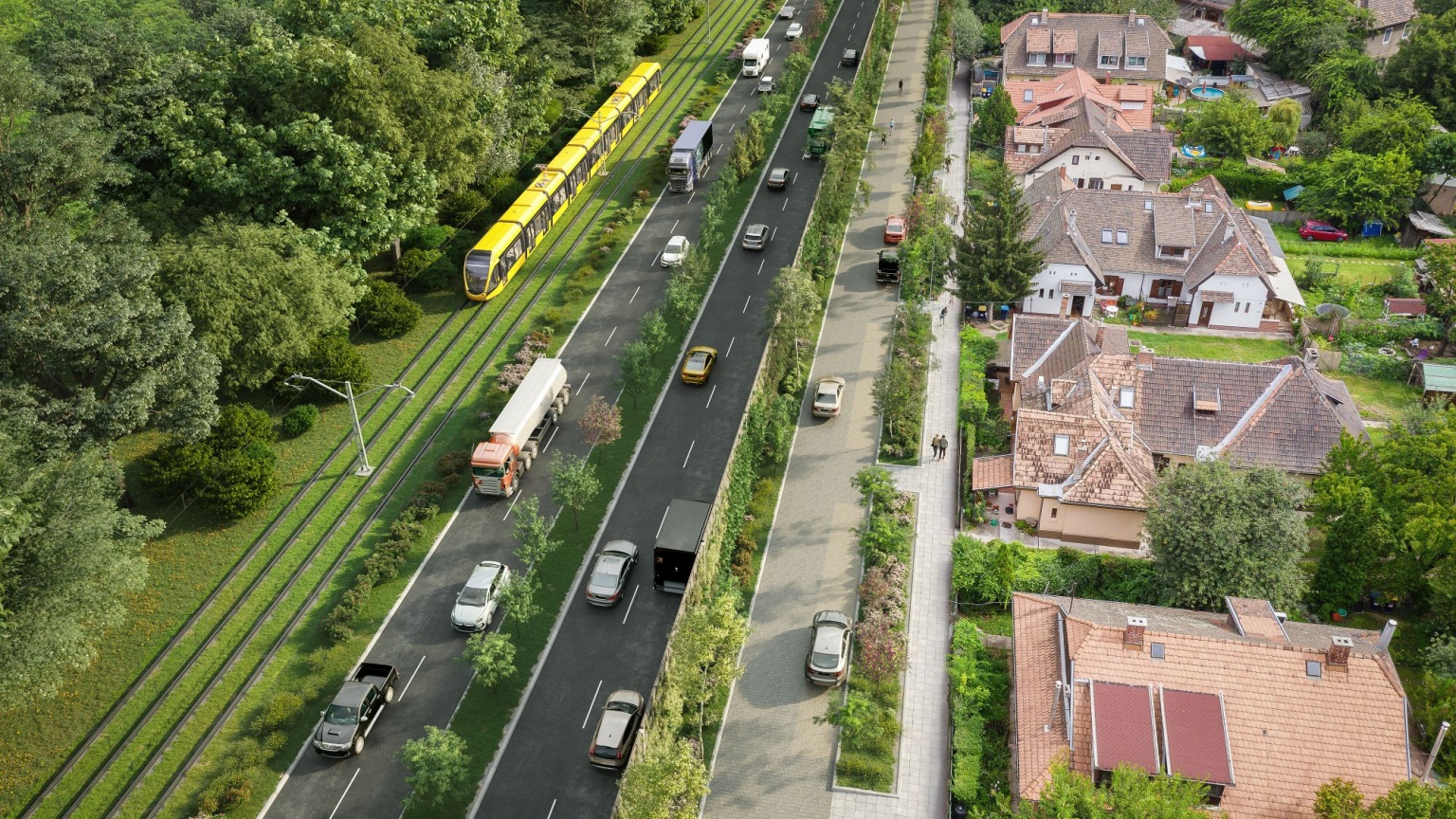
Visual of the route which would run on the surface on Határ út (Source: budapestujkorutja.hu)
The Mayor of Budapest, when accepting the petition announced he would recommend the Budapest Development Council postpone a decision regarding the road network connecting to Galvani Bridge. The issue is urgent. In principle, the council should have a position on the route of the road and the six alternatives put forward, by the end of this year. Among them is the one that would push traffic towards the Ferencváros Railway Station, and another that would run under Kiserdő in a bored tunnel.
Hopefully, a solution acceptable to those living in the 11th District, Kispest and Ferencváros will be found, and a road network that reduces traffic in Budapest is built for the new bridge.
Cover photo: Running along Határ Road under Kiserdő (Source: budapestujkorutja.hu)

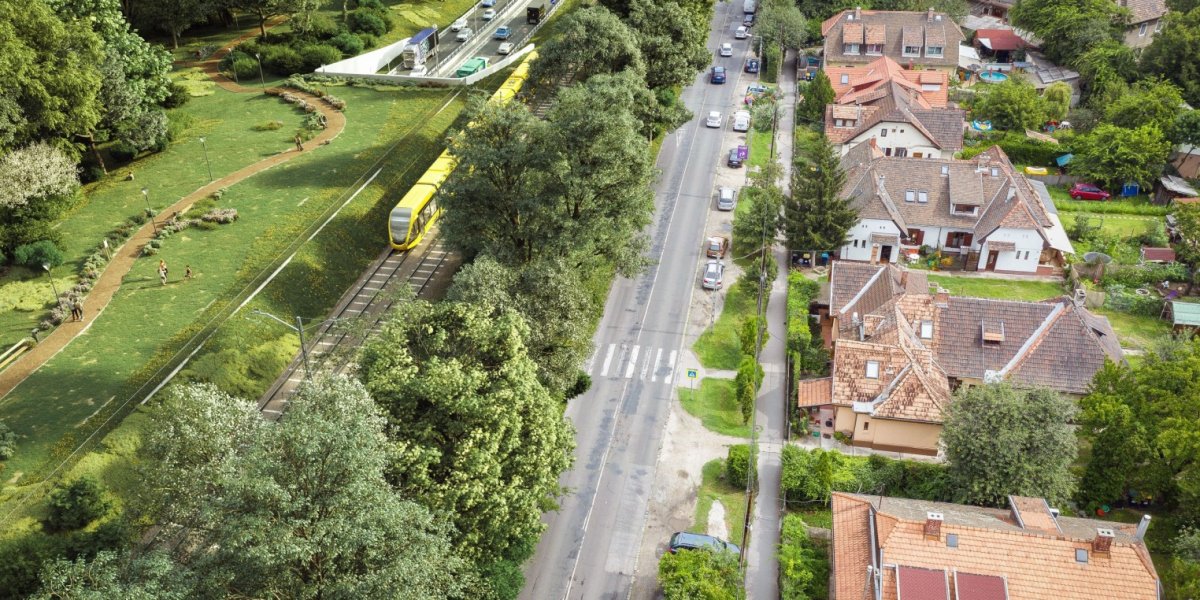




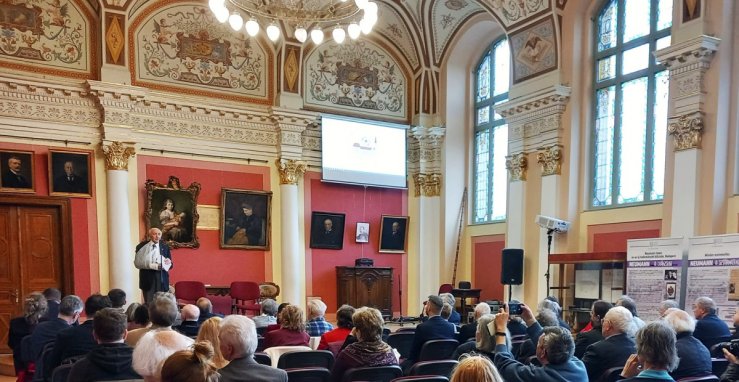

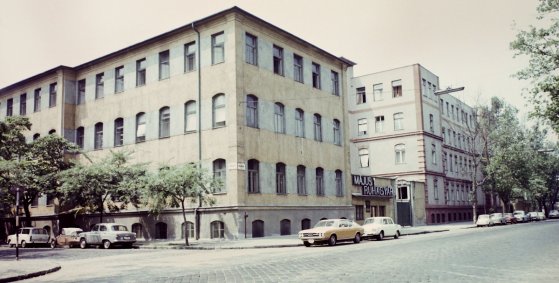
Hozzászólások
Log in or register to comment!
Login Registration